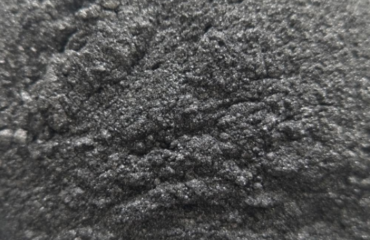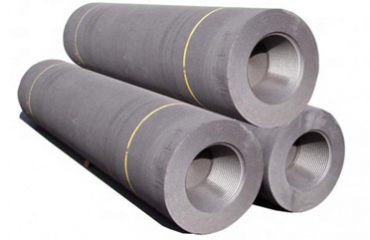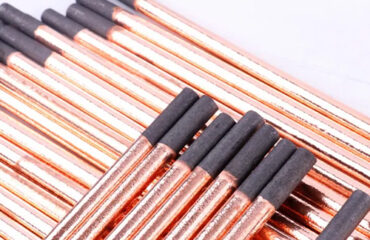Ultra-high power graphite electrodes have a series of physical and chemical properties in use, which make asphalt binder decompose and polymerize, and rearrange reactions within various molecules. It is necessary to roast raw electrode blanks according to certain technological conditions, make the binder coke, form a coking network among aggregate particles, and link all aggregate particles of different sizes firmly. So that the electrode has a certain mechanical strength, heat resistance and corrosion resistance, good conductivity and thermal conductivity of finished or semi-finished products. The main purpose of roasting is to eliminate volatile matter, reduce specific resistance, fix geometric shape, and coke the binder, so that the volume can be fully reduced.
1. Rotate the joint carefully into the hole of the spare graphite electrode (it is not recommended that the joint be directly loaded into the electrode removed from the furnace), and do not collide with threads.
2. Twist the electrode hanger (recommended graphite hanger) into the electrode hole at the other end of the standby electrode.
3. When lifting the electrodes, the cushion is loose to the bottom of one end of the spare electrodes mounting joint to prevent the ground from colliding with the joint; when lifting the electrodes by hooking into the ring of the hanger, the lifting electrodes should be stable to prevent the carbon electrodes from loosening from the B end or colliding with other fixtures. Flexible graphite anode plate after deep processing is a very excellent sealing material. It can seal various components by making various graphite gaskets and gaskets. At present, many domestic manufacturers produce and manufacture this product. High quality flexible graphite sealing material can resist high temperature and corrosion, and can be used for high temperature fluid sealing in chemical, petroleum, power and other industries.
Because flexible graphite is made by pressing expanded graphite after high temperature expansion, the amount of intercalation agent remaining in flexible graphite is very small, but it is not completely absent, so the existence and composition of intercalation agent have a great impact on the quality and performance of products. The original inventor used concentrated sulphuric acid as oxidant and intercalation agent. After applying it to the sealing of metal parts, it was found that a small amount of sulphur remained in flexible graphite after long-term use corroded the metal in contact. In view of this, some domestic scholars have made an attempt to improve it. The method is to use the mixture of nitric acid and acetic acid as insertion agent and potassium permanganate as oxidant. Sulfur-free expanded graphite, acetic acid is slowly added to nitric acid, and the temperature is lowered to room temperature, to make a mixture of nitric acid and acetic acid. Then natural flake graphite and potassium permanganate were added into the mixture. Under constant stirring, the temperature was 30 C. After 40 minutes of reaction, the expanded graphite was washed to neutral, dried at 50–60 C, and expanded at high temperature. Under the condition that the product can achieve a certain expansion volume, this method realizes no vulcanization, so as to achieve the purpose of relatively stable properties of sealing materials.



